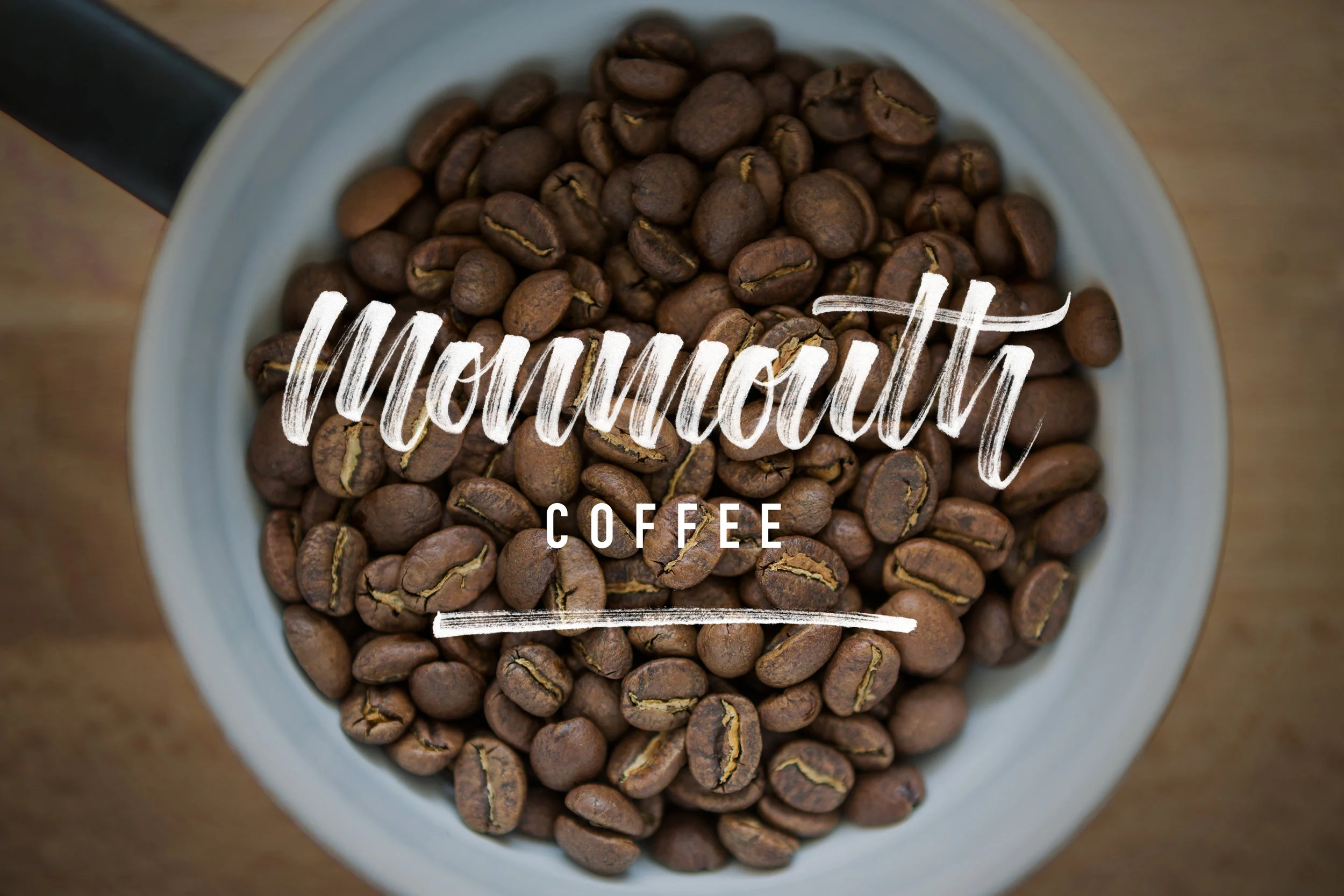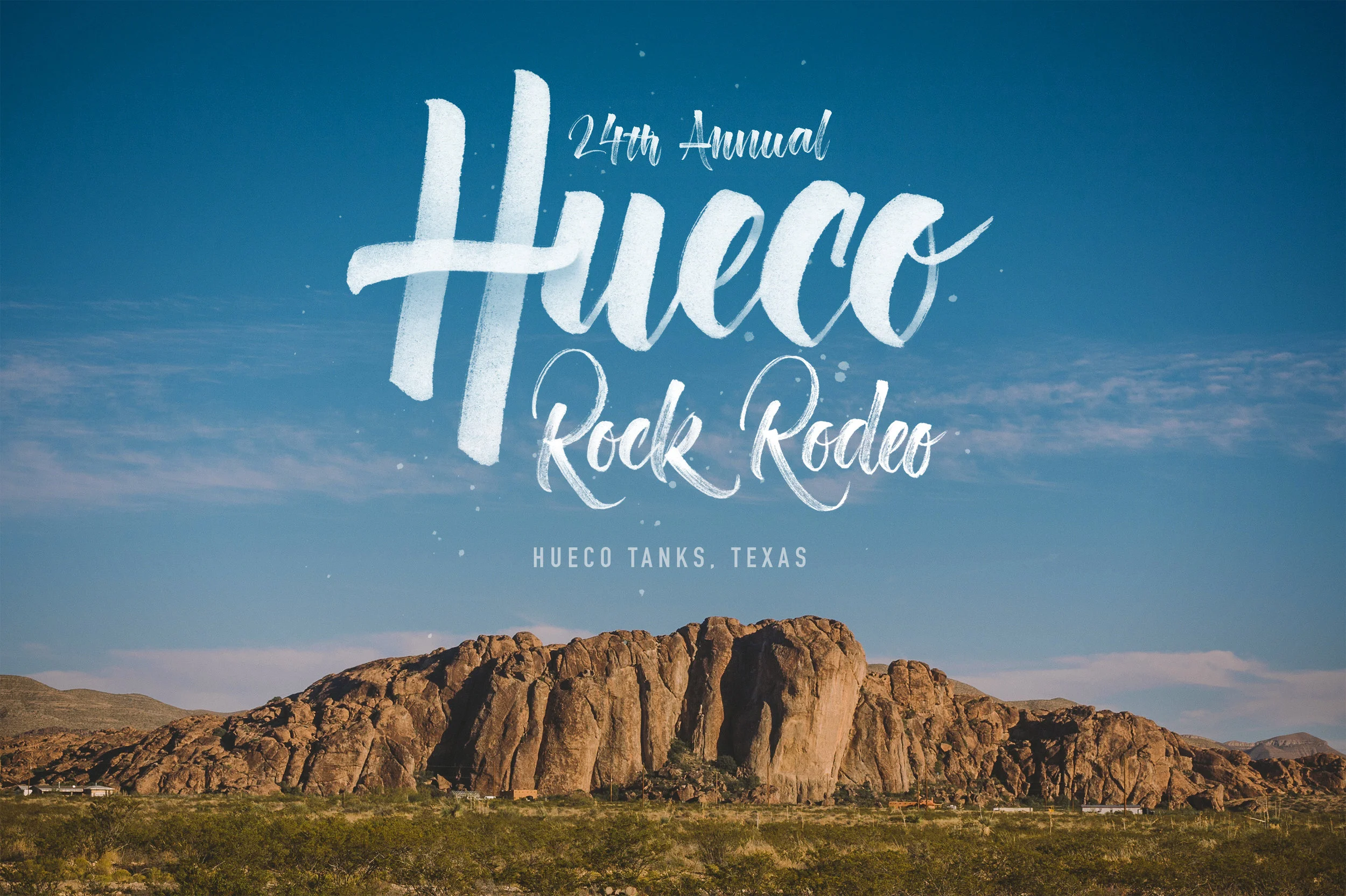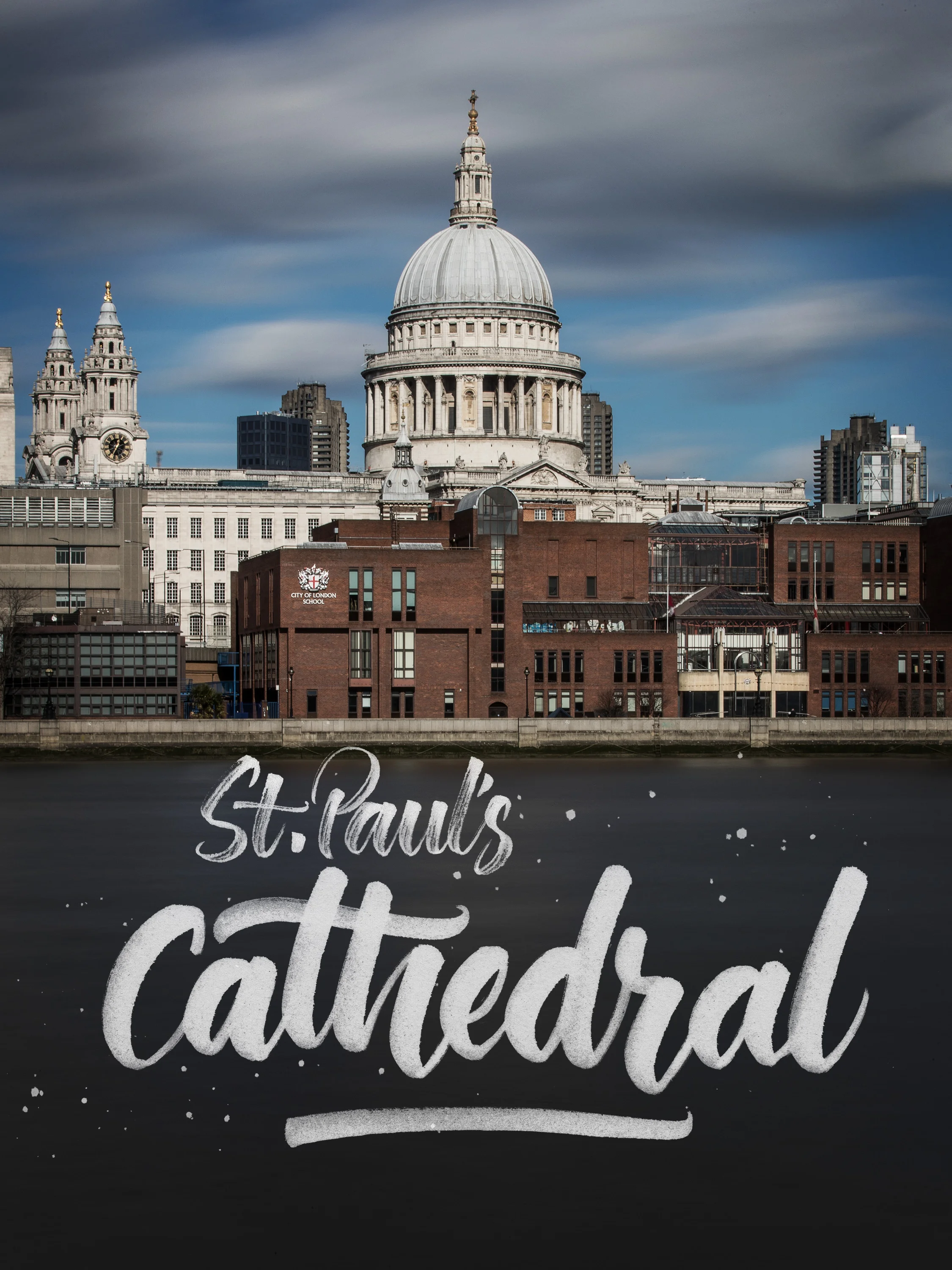Focus: Ben Grubb Interview

Focus explores the creative talent within the climbing community.
Ben Grubb found his career through climbing. After taking his DSLR on bouldering trips and developing his skills he managed to turn his love of filmmaking into a full time job. He's now turned his eye to hand lettering, embarking on a project to draw a new illustration every day for a year.
How did you get into hand lettering and typography?
I developed a love of typography during a brief stint as a graphic designer. I love how versatile type can be. More recently I started to see a lot more hand drawn images appearing on Pinterest and Instagram and they really piqued my interest. A lot of the images I found myself drawn to were more modern calligraphy and crayligraphy (hand lettering done with child's Crayola markers). Work like that made the whole hand lettering world feel much less formal and like something I could actually pick up. A year or so ago I was booked for a shoot at Quill in London. I learned they did a variety of workshops so you could learn how to produce your own hand lettering. I'd done art at GCSE, A-level and degree-level and used to do loads of hands-on drawing and painting. My day job involves producing on screen video and stills so I really liked the idea of doing something "real" again. I toyed with doing a screen printing course but it wasn't really something I could continue doing easily. Hand lettering seemed the perfect route to take! I signed up for a brush lettering course through Quill, learned the basics and then just practiced and practiced. That, coupled with online tutorials, scouring the internet for inspiration and art shops for different pens and paper (I bloody love stationery!) is where I'm at now.
It's interesting seeing that resurgence in hand drawn work in the digital age across the likes of Pinterest and Instagram. There seems to be a real community forming. You committed this year to a piece a day; how did that project come around and how do you find inspiration for each piece?
I respond well to deadlines and challenges so I figured the best way to keep me motivated to practice was to have a clear "project" to focus me and make do something every day. Around that same time, I was chatting to a friend who was also starting to learn how to hand letter, mentioned the idea of a year long project and she said she'd do it too! I was committed then! Inspiration mostly comes from what I'm doing at the time or what's going on in my life. It's nice to be able to scroll back through the images on Instagram and see what was happening at specific times and where it was in the year. Occasionally I'll just pick a random word that's nice to draw or a line from a song that jumps out at me. Some days I find it a real struggle to think of anything! I really want to keep the quality level really high some some days I can find myself writing the same word(s) over and over to try and get them right. I also like to combine my lettering with my photography and video work too to try and create interesting images. Ultimately this is what I want to do with more it in the future.
It certainly matches your photography and video work well. How did you end up working in that industry?
I’ve done a lot of art and photography in my life and as far as I can remember always wanted to work in a creative field; my career trajectory happened quite organically though. After leaving university, my cousin put me in touch with an architecture firm that were looking for an illustrator. That role slowly morphed into doing more graphic design. Whilst working there I became friends with a woman who was a keen photographer which re-ignited my love of photography too. I started to take my DSLR on climbing trips and really enjoyed combining my two passions of photography and climbing. Also around this time a good friend of mine bought a Canon 7D with the view to filming our climbing trips. We shot and edited together our first “proper” film on a trip to Hueco and this got me more interested in the video side of things. Again, this was around the time that web based video content was really starting to take off and slowly I built up a network of contacts (production companies and other filmmakers) and started working on a variety of different projects. It seems a bit surreal and unbelievable when distilled down like that but that is how it went. I think being keen to learn and open to opportunities (along with a very supportive wife) was what really kept things progressing.
The classic boulder problem Not To Be Taken Away at Stanage Plantation, Peak District
It's interesting that it was climbing that really helped develop your creative career in that way. Did you use the content you were producing on climbing trips as a testing ground for things you could use in your new professional field?
I definitely learnt a lot from working on climbing films, especially on the editing side of things. I’m completely self taught on Adobe Premiere and After Effects and a lot of that came from editing various climbing shorts. Working with my friend (also called Ben) on the edits was really helpful too. Although he doesn’t do it professionally, he has a very good eye for narrative and storytelling and that helped me to learn how to keep things concise and “trim the fat”—something which has been invaluable in my later work. A lot of the content I create is for web and even Instagram so the videos need to be quick, catchy and to the point.
What advice would you give to any climbers looking to move into the film making and photographic industries?
I think the best advice I can offer is to get out and shoot. Lots! Not just climbing; try shooting a variety of different things and see what inspires you. It sounds obvious but if you want to start doing photography or filmmaking professionally you have to show people what you are capable of, so personal projects in the same (or similar) field of where you want to get is a great start. Shooting in manual mode is the best way to find out how your camera and photography works. Experiment with different apertures, shutter speeds, etc and take note of how the different settings effect the images. You want to really know your tool(s) so you can get the most out of them. I also find it really good to expose yourself to lots of different artists' work to get inspired and new ideas for types of shots. Instagram particularly is a great way to get inspired and to learn as many people will either include some background to how they created a shot or video or, if not, are usually happy to answer questions. Finally, building up relationships with people, being open minded, personable, punctual and professional are great ways to get and keep clients. You could technically be the greatest photographer in the world but if you're unreliable and grumpy all the time people will very quickly stop wanting to work with you!
Editor






